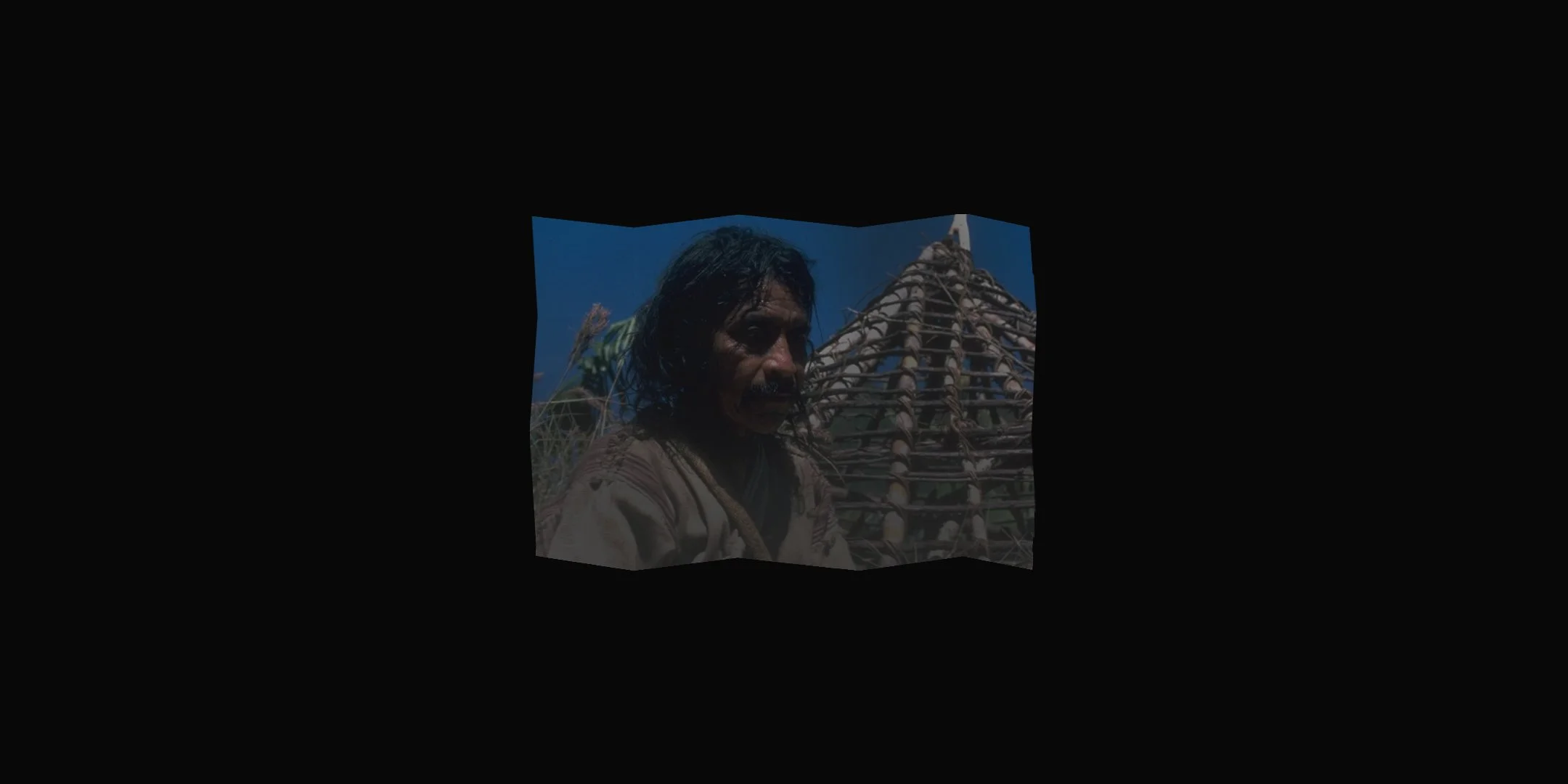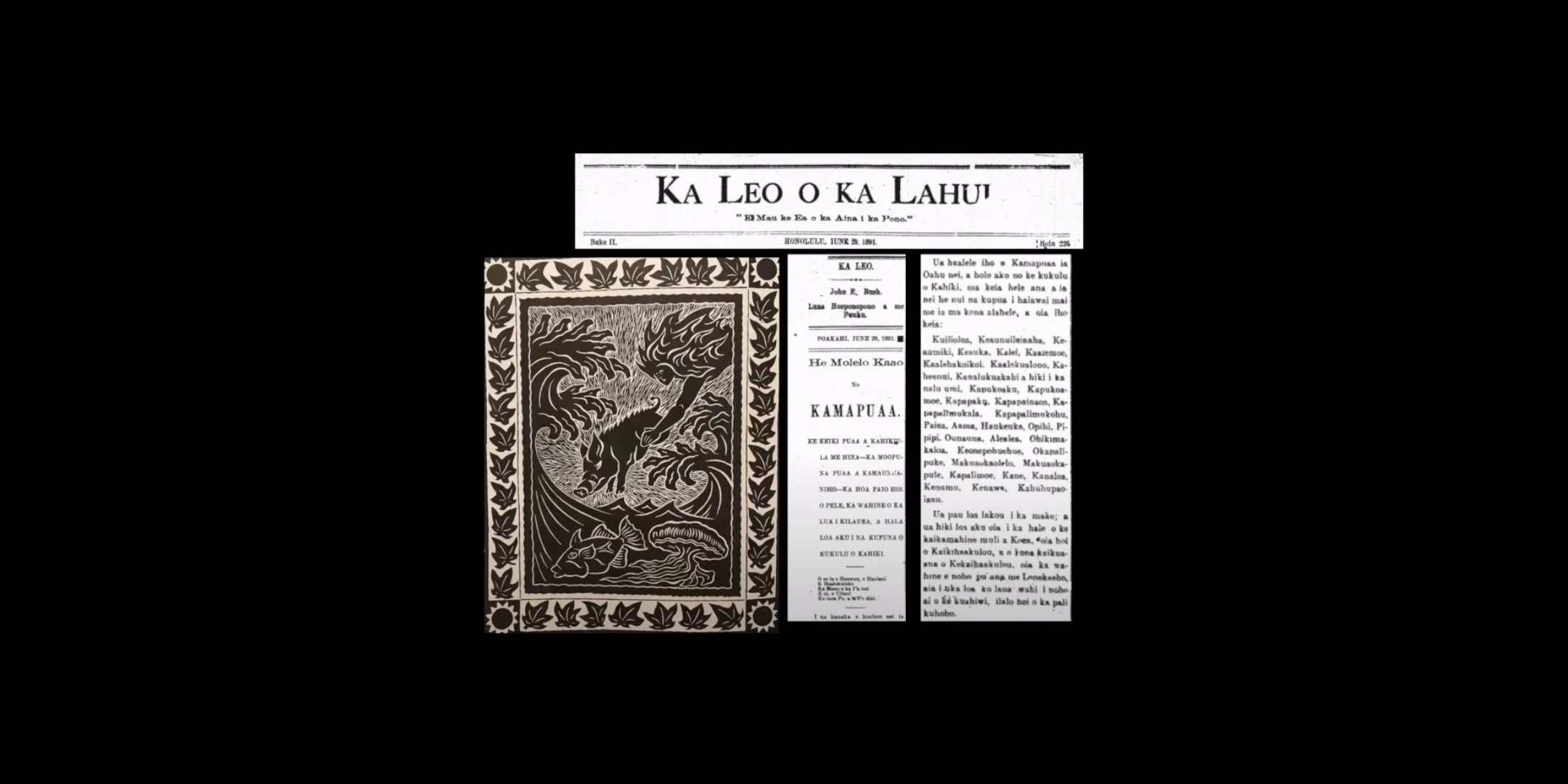With Layla Curtis
Chair: Mike Duggan
Layla Curtis will discuss the research, inspiration and processes behind two of her recent works: Trespass (2015) and The Thames (from London Bridge, Arizona to Sheerness, Canada) (2013) (seen above). In both works Curtis creates a map of a specific location, but uses two different techniques to do so. Layla’s presentation will contribute to the theme of ‘cultural cartographies’ by demonstrating how artistic practices and technologies can lead to novel and ground-up approaches to mapping the experiences and cultures of place.
Curtis’ mobile phone app Trespass provides users with an oral history of Freeman’s Wood; an area of edgeland situated on the outskirts of Lancaster, England that has been used for decades by local people for recreation. The land is currently owned by an offshore property company who recently erected a metal fence around the plot, barring locals from entering under threat of breaking trespass laws. Curtis recorded interviews with members of the local community as they walked with her inside and around Freeman’s Wood, reflecting on the impact the space has had on their lives, and offering their speculations as to what its future might be. Users of Trespass app are invited to walk these same routes, mapped by Curtis using GPS, whilst listening to the audio interviews. However, the app uses geo-fencing technology to restrict access to most of the audio content – access to all thirteen audio tracks is only granted if the listener chooses to trespass, crossing both the physical fence, and the app’s virtual geo-fence, into Freeman’s Wood.
The Thames (from London Bridge, Arizona to Sheerness, Canada) is a collaged map, hand-constructed from fragments of international atlases and nautical charts, reassembled to form the familiar outline of the Thames. The reconfigured map focuses on the etymology of place names along the shores of the river and, through playful placement of place names from elsewhere, also takes us on a historical journey and explores the far-reaching influence of the Thames. Made in ten parts, the collage follows the river for over fifty miles as it flows eastward from London Bridge to the Thames Estuary. It references many notable journeys, ships, events, people and industries whose stories are inextricably intertwined with this stretch of the river.
Speakers:
Layla Curtis is an artist whose practice has a focus on place, landscape and mapping. Her multi-form work examines the attempts we make to chart the earth, how we locate ourselves, navigate space and represent terrain. Curtis’s work features in notable collections including Tate Collection and the Government Art Collection and has been included in exhibitions at Tate Modern, London; Pavilhão Lucas Nogueira Garcez-Oca, São Paulo, Brazil; RMIT, Melbourne, Australia; and Canadian Centre for Architecture, Montréal, Canada. In 2006 she was awarded an Arts Council England International Fellowship to Antarctica and created Polar Wandering, a 27,856 mile long interactive online drawing exhibited in solo shows at New Art Gallery Walsall (2006), and Ormeau Baths Gallery, Belfast (2008). In 2010/11 she travelled to the Borneo rainforest to create Tong Tana, a moving image work made while trekking with nomadic hunter-gathers, subsequently exhibited at Matt’s Gallery, London (2012). Other residencies include those with Art on the Underground, Turner Contemporary and Akiyoshidai International Arts Village, Japan. Layla is also the founder of www.edgework.co.uk – an artist-led, online platform specialising in selling limited edition prints and publications by artists whose practice has a focus on place.
Date:Wednesday 20thJune 2018
Time: 18:00 – 20:00
Venue:The Nash Lecture Theatre, Kings College London, The Strand, WC2R 2LS
(Note: please sign it at reception to receive a visitor pass)
Cost:Tickets £10.00 and £7.50concessions
Book now
Venue: The Nash Lecture Theatre, Kings College London, The Strand, London, WC2R 2LS





























